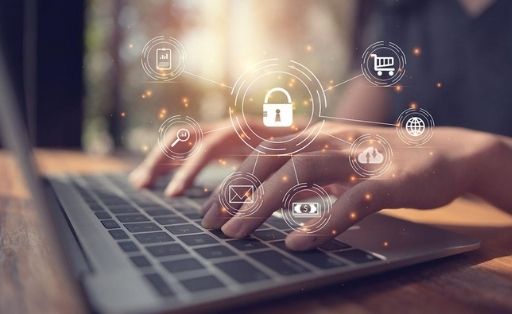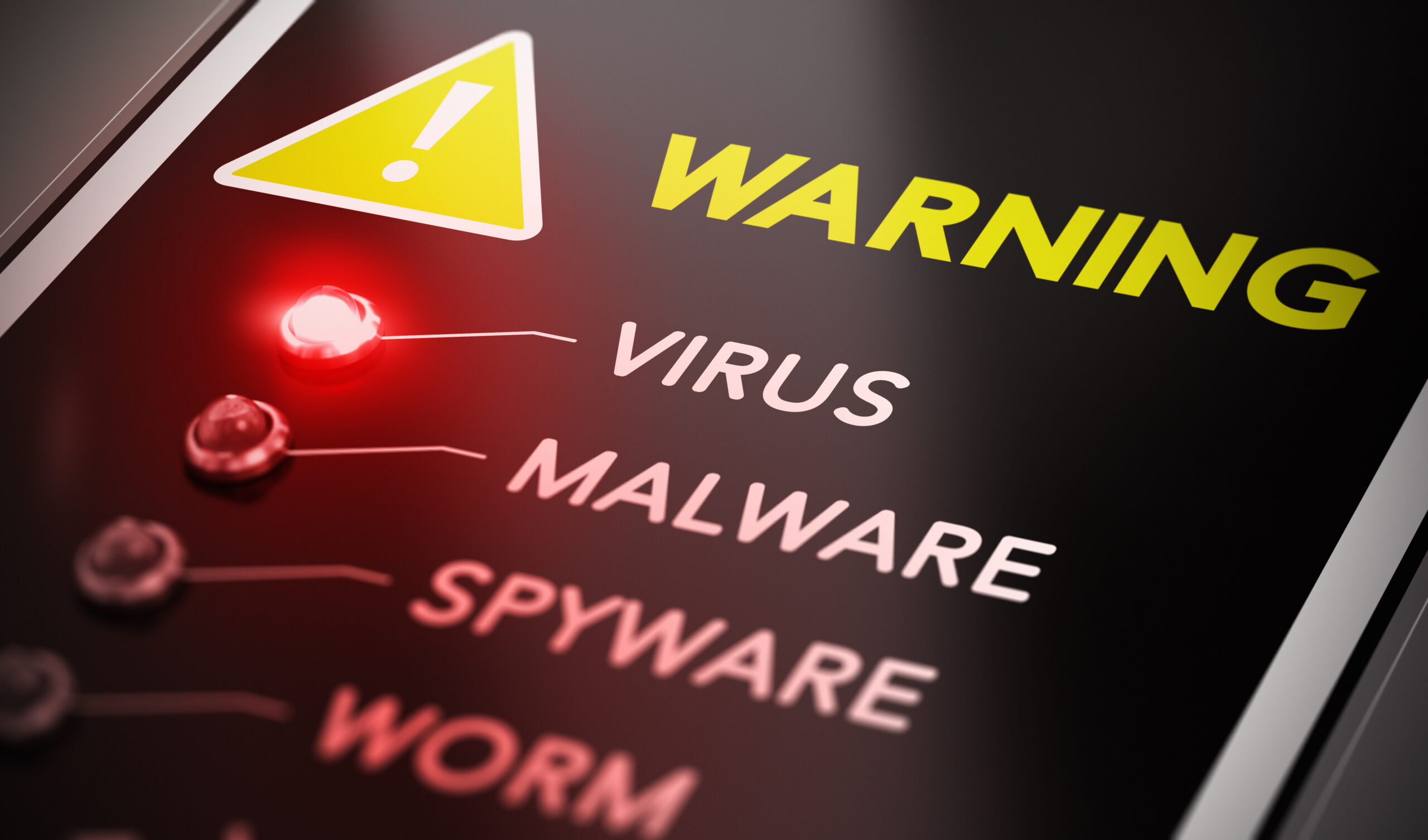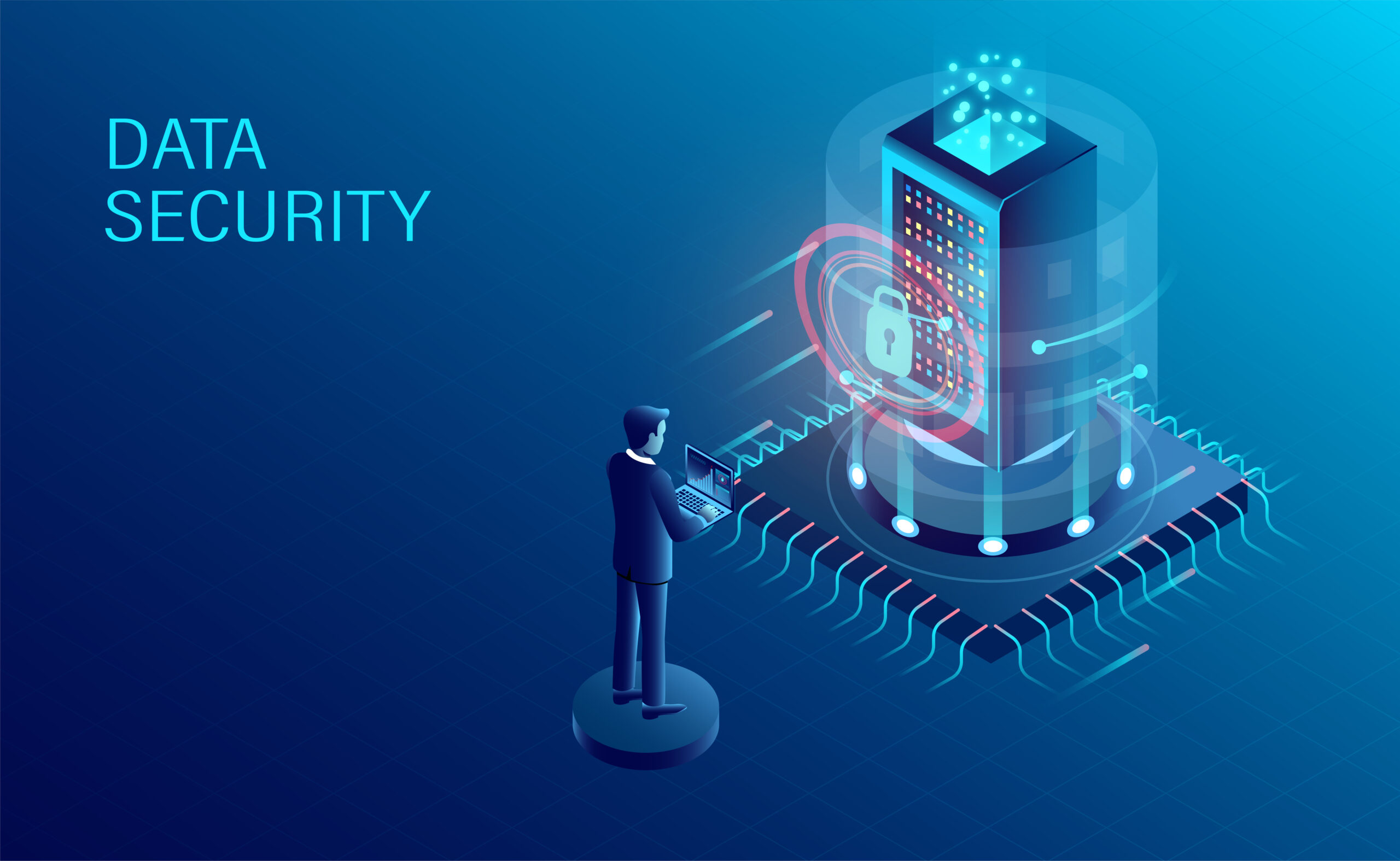Hackers have targeted various firms, most notably those in the hospitality, retail, and healthcare industries. Also, numerous high-profile data breaches have occurred in recent years. As a result, businesses have been known to grind to a halt for extended periods.
Fortunately, maintaining the security of your electronics, online identity, and online behavior isn’t difficult. This is especially true as there are numerous suggestions to enhance your data security. To help protect your business from cyberattacks, here are eight data and technology tips you can consider from the get-go:

Contents
- 1. Hire Reliable Managed IT Services
- 2. Install And Maintain An Antivirus Application
- 3. Utilize Two-factor Or Multi-factor Authentication
- 4. Keep An Eye Out For Emerging Cybersecurity Dangers
- 5. Utilize A Virtual Private Network (VPN)
- 6. Ignore Any Pop-ups Or Emails From Sources You Are Unfamiliar With
- 7. Duplicate Your Information
- 8. Defend Yourself Against Identity Thieves
1. Hire Reliable Managed IT Services
Having someone to manage your data is one of the most effective ways to ensure its security. While cybercrime is constantly evolving, you can ensure your business is as secure as possible by outsourcing to a managed IT services professional who’s up to speed on the latest precautions.
Additionally, your consultant will assist your team in recognizing and avoiding current threats directed at them, minimizing the possibility of a security breach. While cyber security is technically outside the scope of most managed serviced providers, most of them broaden their offerings to incorporate it.
2. Install And Maintain An Antivirus Application

Bots transform your computer into a zombie soldier, ready to launch a distributed denial-of-service assault or send spam at the order of the bot herder. However, antivirus software safeguards against this and other sorts of viruses.
Usually, you may configure your antivirus protection and then ignore it, letting it hum around in the background, downloading updates, and so forth. In practice, you should evaluate it periodically. When everything is in order, the majority of antivirus software displays a green banner or symbol. But if it’s yellow or red, follow the on-screen instructions to restore your system to normal.
3. Utilize Two-factor Or Multi-factor Authentication
Two-factor authentication, alternatively referred to as multi-factor authentication, is a form of security that works in conjunction with standard password-based online identity.
In most cases, you would input a username and password without using two-factor authentication. On the other hand, two-factor authentication asks you to provide an additional authentication method, such as a Personal Identification Code, another password, or even your fingerprint. Thus, after entering your login and password, you would be required to submit more than two different authentication methods.
4. Keep An Eye Out For Emerging Cybersecurity Dangers
As criminals develop new methods of attacking smartphones and internet users, viruses and malware advance at a breakneck pace. To avoid becoming a victim, you must stay current on cybersecurity developments and be informed of the most significant cyber risks.
For instance, while you may be familiar with phishing, spear phishing is a more recent variant. In contrast to phishing attempts, spear-phishing attacks are directed at a specific individual. Before sending an authentic-looking email to a corporation, the attackers research the organization’s functions. The objective is to infect computers with malware or to use them to extort money.
5. Utilize A Virtual Private Network (VPN)
When connecting to the Internet over a public Wi-Fi network, you should use a Virtual Private Network (VPN). Supposed you visit a coffee shop and connect to one of the accessible Wi-Fi networks available. You have no way of knowing the security of that link. Without your knowledge, another user on that network could begin looking over or stealing the files and data on your laptop or mobile device.
The owner of the hotspot may be a thief who takes data from all Wi-Fi connections. However, when you use a VPN, your internet traffic is encrypted and routed through a VPN company-owned server. That implies that no one can snoop on your data, not even the proprietor of the free Wi-Fi network.
6. Ignore Any Pop-ups Or Emails From Sources You Are Unfamiliar With
Pop-up windows are pretty prevalent when browsing the Internet. Advertisers use pop-ups to promote a specific brand, service, deal, or offer. However, as a personal computer cybersecurity tip, you must avoid clicking or opening any pop-up windows. By clicking on pop-ups, phishing attempts can be launched.
7. Duplicate Your Information

Storage isn’t prohibitively expensive these days. There’s no reason to put off obtaining a backup of critical data. Back up your data in the cloud as well as on your local hard disk.
While hostile threats and hackers may not have the intention of stealing your data, they frequently encrypt or delete it as the last option. It’s also advisable to make a backup of your data before obtaining an ultimate recovery tool.
8. Defend Yourself Against Identity Thieves
Typically, phishing scammers attempt to obtain personal information from you to steal your identity. Hence, never divulge personally identifiable information (PII) by phone, email, or instant messaging. Always contact the entity that claims to require your personal information.
Takeaway
There are numerous strategies to enhance your business’ cybersecurity. The suggestions above are only a few possibilities for getting started. But it’ll suffice to keep you informed about the most cutting-edge cybersecurity approaches and procedures, allowing you to stay one step ahead of pesky hackers and cyber-attackers.
